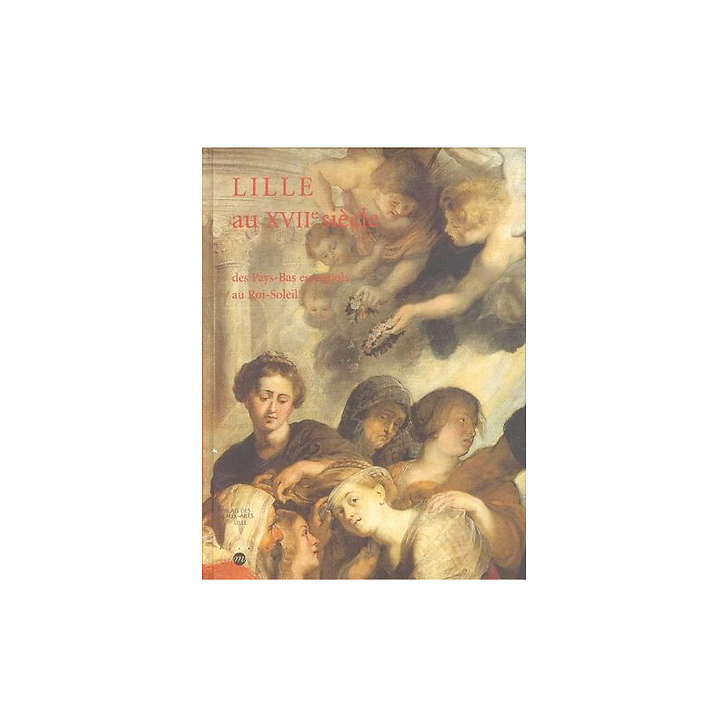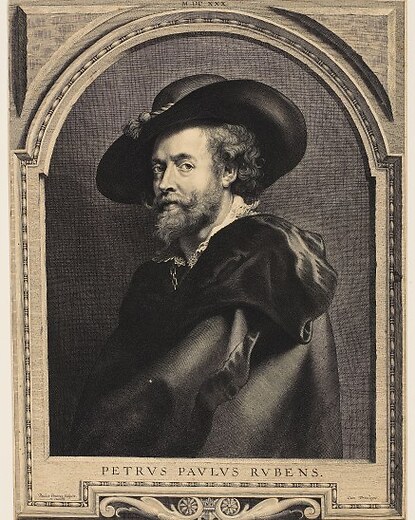WRITTEN IN FRENCH
The exhibition, conceived as a fascinating portrait of a city, recalls the great hours of Lille between the Spanish Netherlands and the Kingdom of France, from the accession of the Archdukes Albert and Isabella (1598) to the death of Louis XIV (1715). The richness of the local heritage...
Read more
WRITTEN IN FRENCH
The exhibition, conceived as a fascinating portrait of a city, recalls the great hours of Lille between the Spanish Netherlands and the Kingdom of France, from the accession of the Archdukes Albert and Isabella (1598) to the death of Louis XIV (1715). The richness of the local heritage confirms the deep roots of Catholicism and the vitality of the Counter-Reformation during a particularly brilliant century on the cultural level.
Alongside the famous commissions made to Rubens and Van Dyck, the exhibition allows you to discover little-known paintings from the ecclesiastical heritage, devotional or secular paintings, sculptures and carved woods, an important collection of delicate pieces by the prestigious goldsmiths of Lille, numerous testimonies on history and daily life as well as an evocation of civil architecture, religious or military, supplemented by reminders of the political will to organize urban planning.
Exhibition at the Palais des Beaux-Arts de Lille from 15 September to 27 December 2000
French
374 pages
Éditions Rmn - Grand Palais
Close



